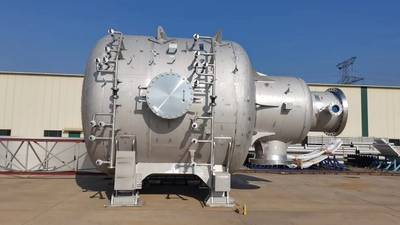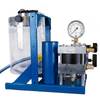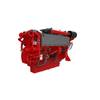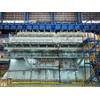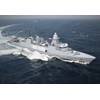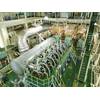MAN Energy Solutions Delivers First Ever Ammonia-Ready SCR to Mitsui
MAN Energy Solutions has announced the production of a massive Cluster 5 Double Layer Selective Catalytic Reduction (SCR) converter to MITSUI E&S.
The cluster comes ammonia-ready and is the largest such unit that the company has ever built.
Such systems are typically used aboard cruise ships and cargo ships to reduce nitrogen oxide emissions by 90%.
“As the very first SCR for an ammonia engine anywhere in the world, this is a historic moment. As the largest, high-pressure SCR we have ever built, this marks a new milestone for our business. The new equipment also passed its factory acceptance test without any major issues and I congratulate everyone involved in this groundbreaking project,” said Daniel Struckmeier, Head of Sales & License Turbochargers & Exhaust Gas Treatment APAC.
The Cluster 5 Double Layer has a diameter of 3,900 mm, a total weight of 28 metric tons, and will shortly be available for series production.
The quality of the product was confirmed during the final inspection by MAN Energy Solutions and MITSUI E&S, after which the component was subsequently shipped from Dalian, China to Tamano, Japan.
Exhaust gas after-treatment systems from MAN Energy Solutions optimise ship performance, not only in terms of emissions but also economy and operation, according to the company.
MAN SCR (selective catalytic reduction) control systems are integrated into the overall engine-control system and adapted to the fuel-injection system and turbocharger, enhancing the efficiency and reliability of the entire system.
Up to 2.5 g/kWh of fuel-oil consumption can be saved thanks to the integration of MAN SCR and optimised control strategies compared to the use of an SCR system provided by a third-party supplier.
Besides reducing NOx emissions by up to 90%, they also deliver IMO Tier III compliance and increased efficiency in respect to fuel and urea consumption.


